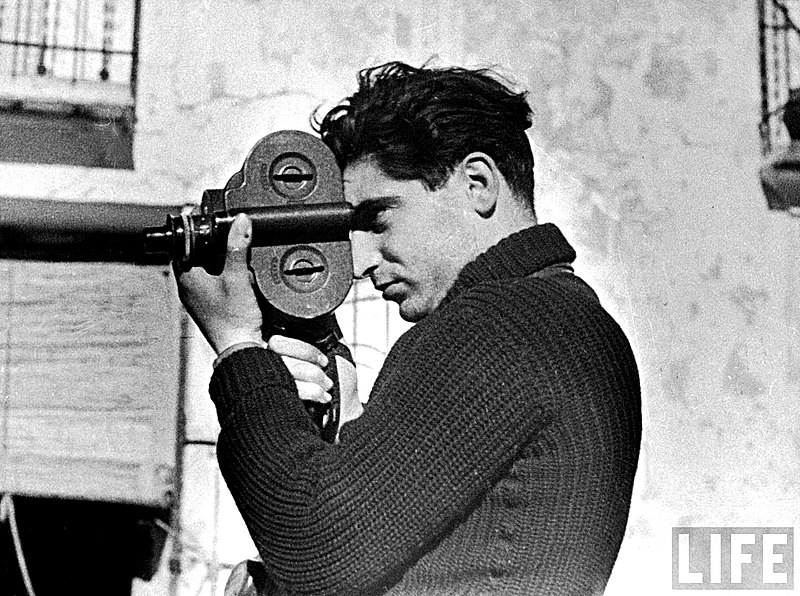June 6, is the date on which one of the biggest operations in the history of human warfare took place. Operation Overlord was a massive undertaking. Logistics, training, planning, war material production; every man and woman participating in it was on high gear. The significance of the landing was such that tomes upon tomes have been written about every aspect of the operation, from the strategic down to the tactical level. The myths, events and quotes from the battle for Normandy have reached mythical status. The motto of the Rangers, “Rangers lead the way”, comes from that very same battle, where Brigadier General Norman Cota, in the deadly chaos of Omaha Beach, calmly walked towards Maj. Max Schneider and asked what outfit that was. Someone yelled “5th Rangers” and Cota replied, “Well then Goddammit, Rangers! Lead the way!”
While I have read many of the books about the battle with fervor and the hope to find a new nugget of information that will put a piece of the puzzle in place, what always makes me pause and think is not a vivid description of an event, but the photos by the man who was with the soldiers that landed on Omaha beach that fateful morning.
That man’s name was Robert Capa, his life’s story and exploits are the stuff adventure novelists take inspiration from. Among the people he called friends were names like John Steinbeck, Ernest Hemingway and John Huston. Also, he is the co-creator of the world-famous Magnum Photos, a cooperative photojournalism and photography agency.
He was born Endre Friedmann in Budapest, which at the time was part of the Austro-Hungarian Empire, in a Jewish family. At 18, he fled Hungary presumably because of communist sympathies and he moved to Berlin; he enrolled in the university and worked part-time as a darkroom assistant. He also worked as a photographer for the Dephot agency. The rise of the Nazi party made him flee again, this time to Paris. He met Gerta Pohorylle, another Jew running from Nazi persecution: together they worked using the alias Robert Capa. A short time after and while she had contributed heavily to the early work, Pohorylle created her own alias, Gerda Taro, and the couple covered the Spanish Civil War. There Capa captured his famous and disputed for its legitimacy, photo of the death of a republican soldier.
Pohorylle was killed in an automobile accident in ‘37, while covering the battle of Brunete. Capa accompanied Ernest Hemingway, who himself was covering the conflict, their exploits were immortalized in Hemingway’s novel “For Whom the Bell Tolls.” Capa covered the Sino-Japanese War and World War II. His most famous photographs were those now referred to as “the magnificent eleven.” Capa came ashore with the 16th infantry Regiment of the 1st Infantry Division in two hours — during the carnage of that stretch of beach designated by the codename Omaha — he took 106 photos. Unfortunately, because of a mistake during the processing, only eleven survived. Those photos clearly depict the magnitude of the fight the men that came ashore that morning took part in. Everything is there; the agony, the effort, the fear. You can feel it and, almost, smell it.
For that reason, Robert Capa should have a place in history. His conviction that if your photo is not good it means you were not close enough allowed us to have a clear understanding of the battle of Omaha Beach and, by extent, the fight for Normandy.
Robert Capa was awarded the Presidential Medal of Freedom for the pictures he took in WWII. Unfortunately, his belief in being in the thick of it for the sake of reporting was his demise. He stepped on a landmine in Indochina and was killed in 1954.
Featured image: Photographer Robert Capa during the Spanish civil war, May 1937. Photo by Gerda Taro [Public domain], via Wikimedia Commons
Already have an account? Sign In
Two ways to continue to read this article.
Subscribe
$1.99
every 4 weeks
- Unlimited access to all articles
- Support independent journalism
- Ad-free reading experience
Subscribe Now
Recurring Monthly. Cancel Anytime.









